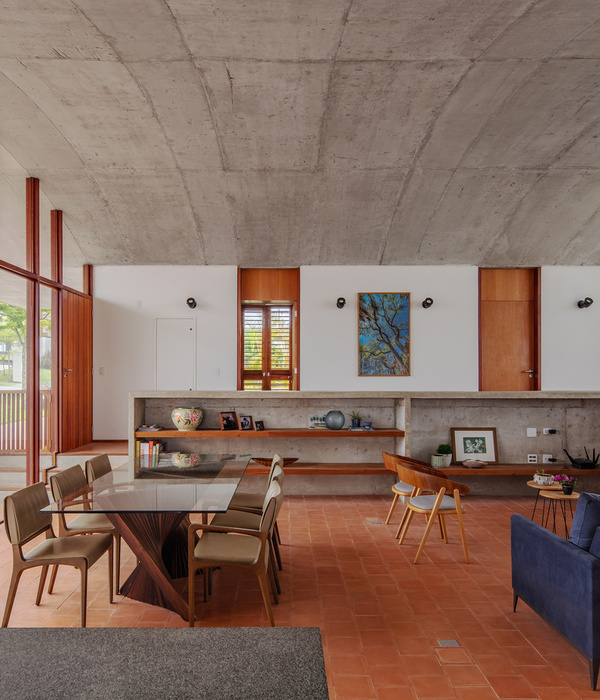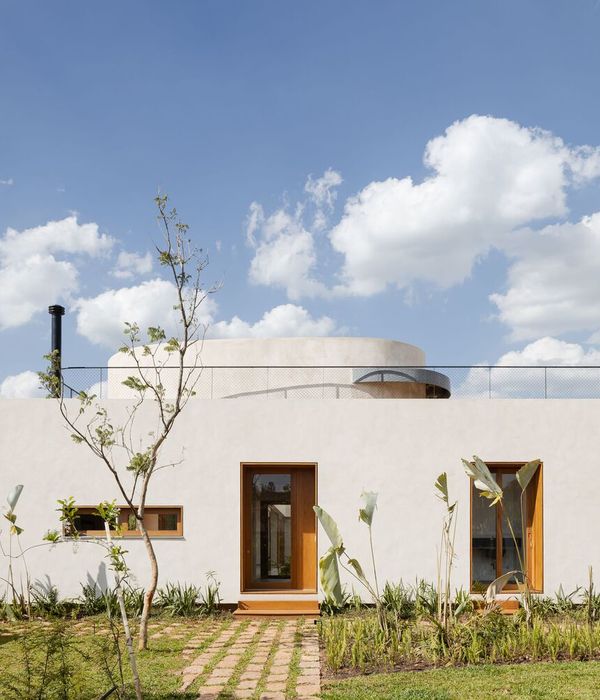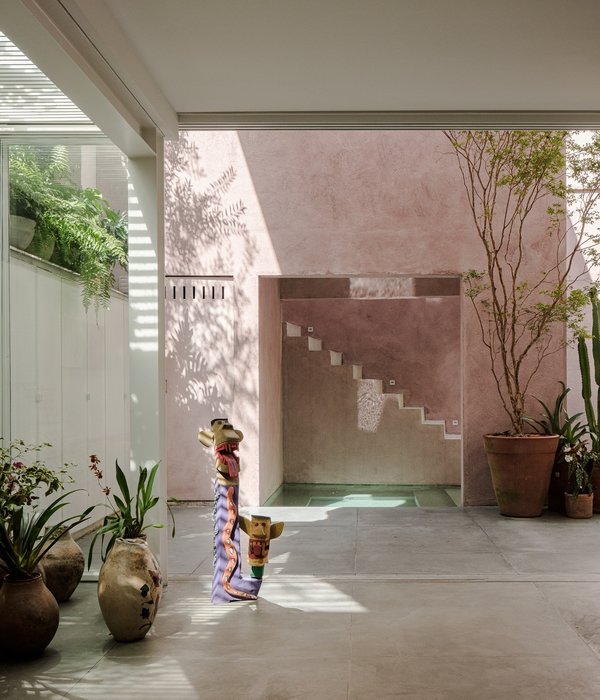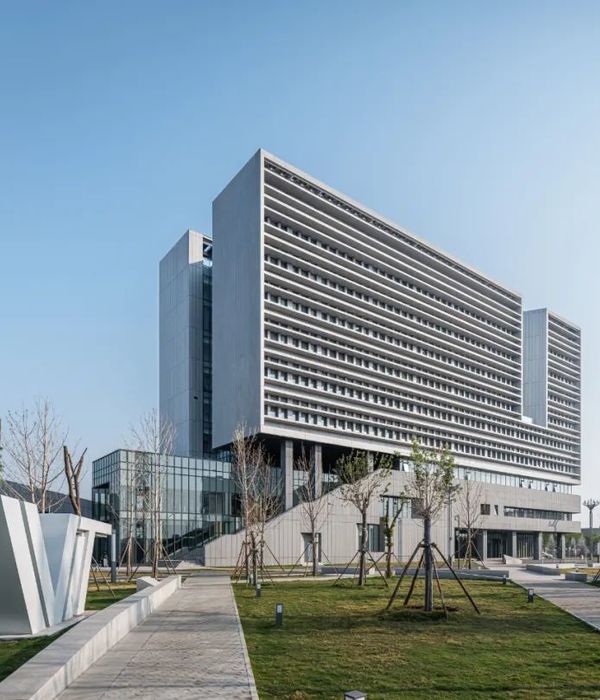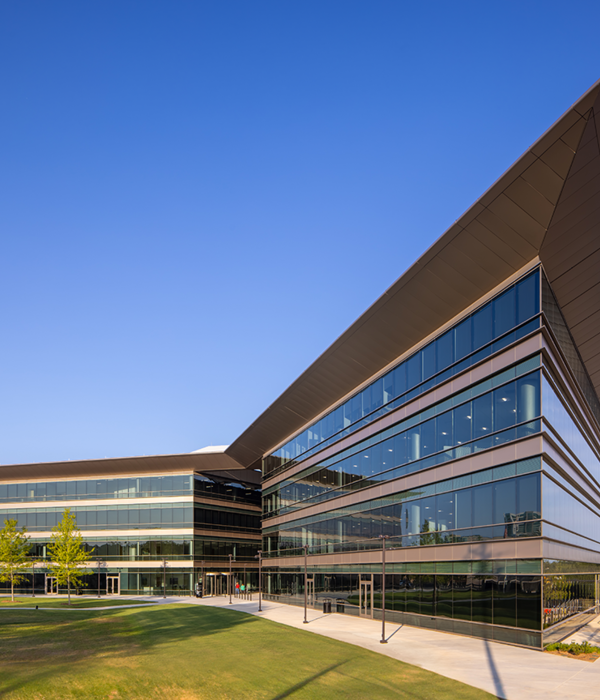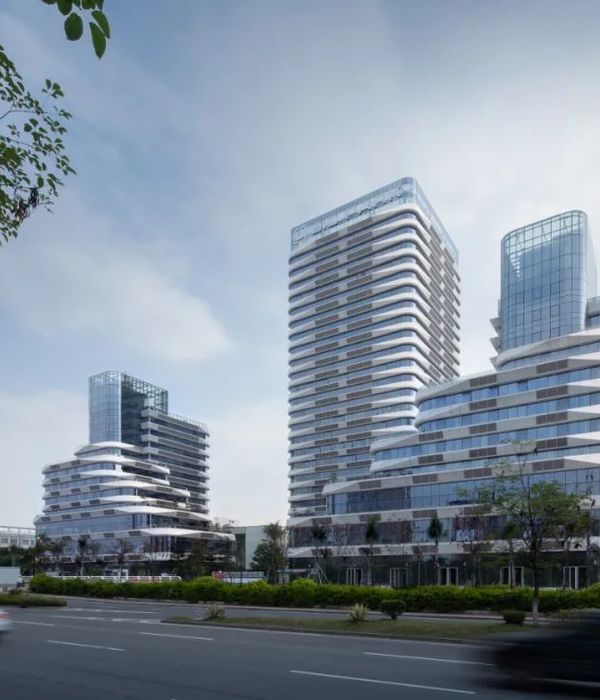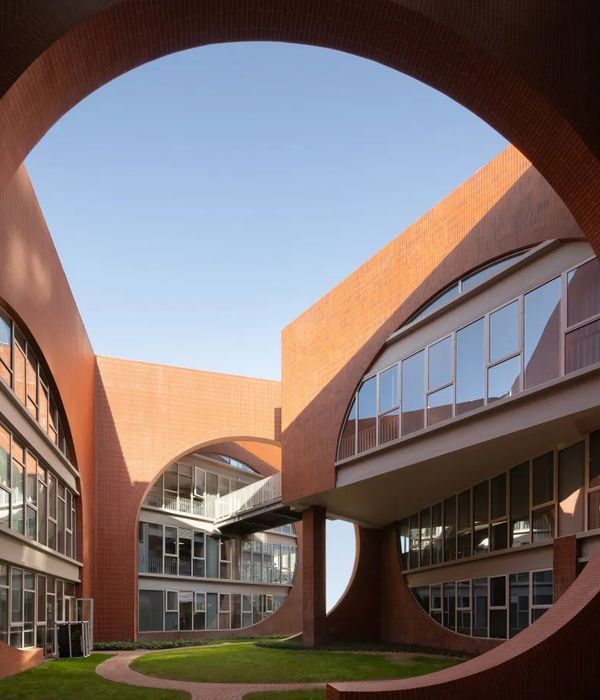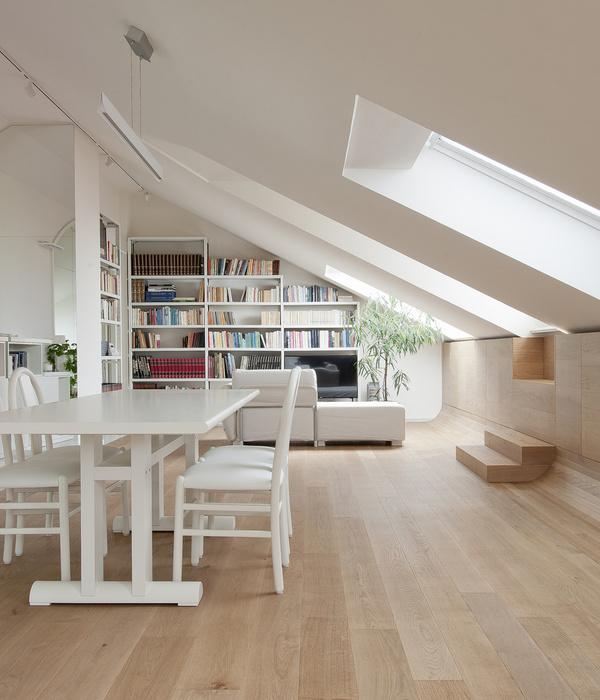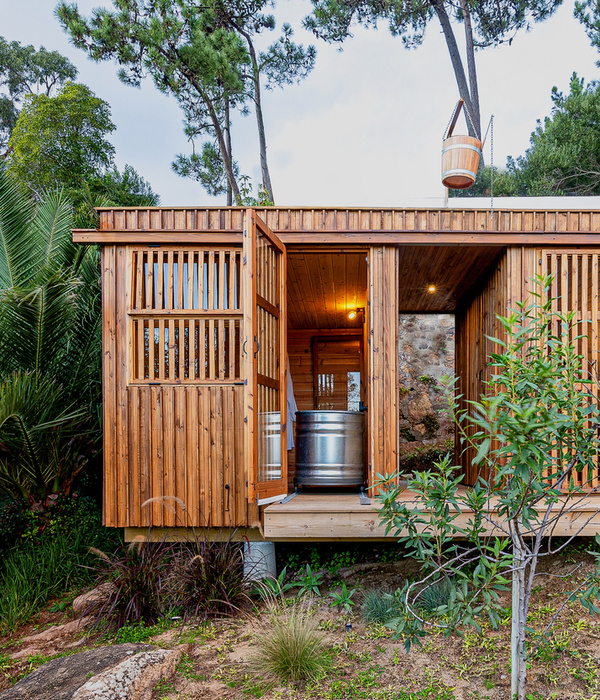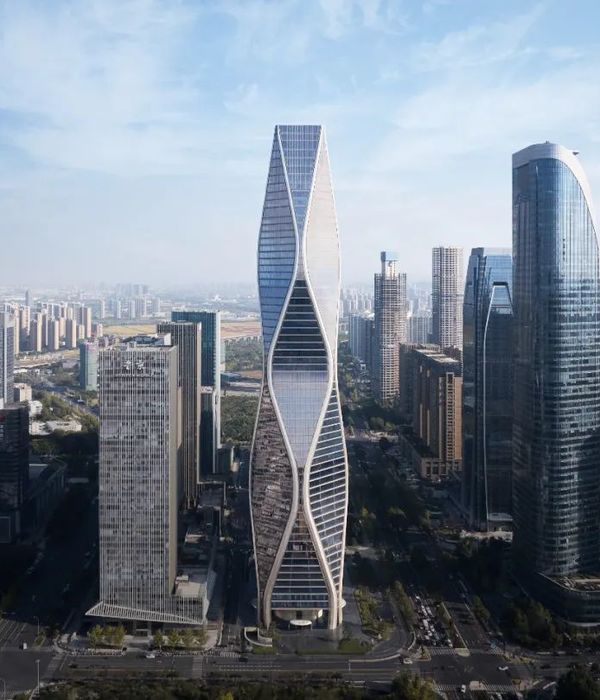The building object of this rehabilitation is a single-family house between party walls built in Barcelona in 1942. In the urban fabric of the neighbourhood, typologies from the early 1900s and new buildings coexist. This building’s site is located in a block that preserves intact the original typology of single-family houses between party walls with an attached private garden behind. Oriented along a ne-so axis, it consists of a two-storey building with a roof terrace and a single storey pavilion at the bottom of the garden.
The clients wanted to achieve changes in the distribution, thermal-acoustic comfort and energy efficiency while maintaining very high standards of quality. From the beginning, we were clear that an integrative and bioclimatic design, with the use of high quality natural materials and the adoption of energy efficiency strategies, would lead us to the expected results.
The main building is made up of baked clay brick load-bearing walls and baked clay brick vaults. Before proceeding with the new distribution, the floors and part of the foundations were reinforced. In the pavilion, the wooden beams, badly affected by wood borer, have been replaced. Another critical point to solve was the presence of capillarity humidity that affected all the ground floor walls and the foundations. The solution adopted has been multiple: a physical cut at the base of the walls, waterproofing and drainage of the foundation, and a ventilated chamber in the party walls. A ventilated slab has also been executed to provide good insulation and ventilation at ground level.
The new distribution is born from the demands of the clients combined with a bioclimatic adaptation of the pre-existing ones. In the house, the main rooms are arranged towards the southern façade to maintain a visual connection with the garden and the water source. The roof is landscaped and turns into a solarium. The pavilion becomes a library and study thanks to its north orientation and a pre-existing overhead skylight. The existing courtyard is transformed into an "urban forest" that interacts bioclimatically with the buildings.
The buildings are constructively adapted to achieve maximum energy efficiency. The envelope of the two volumes is completely insulated to maintain a constantly comfortable temperature throughout the year.
The materials used in the project are natural, of high quality, breathable and without added toxic substances. This choice responds to aesthetic and health criteria. From the aesthetic point of view, warm tones are favoured and they recall the nature of a forest: exposed cork, terracotta, natural wood, corten steel. The house and the garden work as a symbiotic unit. When it rains, the "skin" of the house gets wet and darkens just like the bark of the trees in the garden. Deciduous trees are planted to conserve the connection with the passing of the seasons. The ground is modulated in dunes and trails that allow you to walk barefoot through a small portion of forest.
In addition to using biocompatible materials with low environmental impact, electrical and telecommunications installations are designed and monitored so as not to cause interference with human biology. With this objective in mind, a geo-biological study of the terrain and buildings was carried out, and measurements were adopted such as the shielding of affected areas or earthing all the metallic structural elements.
The custom-made furniture with woods such as oak, linden and walnut is superficially treated with natural oils and waxes. The interior modules of the cabinets are made of pine plywood to avoid the use of melanins. The main staircase of the house is restored and partly rebuilt, readapting the original railing.
During the site works, the environmental impact of waste was minimized, separating it by material and recycling them when possible. The cork remains, the main protagonist of this project, have been cut up and reduced into granules to be reused again as insulating fillers.
The objective of this project was to achieve highly efficient buildings with millimetrical control of internal comfort conditions. To achieve this result, passive and active strategies have been applied in equal measure, to achieve a final resulting consumption of 12.00 KWh / m2 per year.
The entire enclosure is insulated with thermo-treated cork panels. In party walls and on the street façade, with heritage protection, the insulation is placed as an interior cladding, later plastered and finished with silicate-based paints to preserve breathability. On the internal façade to the garden, the cork is placed on the outside, as the visible finish.
On the ground floor below the slab, a chamber with igloos ventilates thanks to the temperature differential between the facades and prevents possible
{{item.text_origin}}


